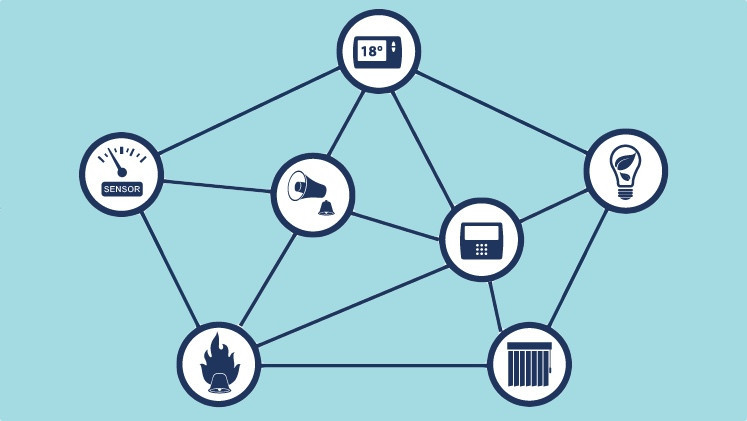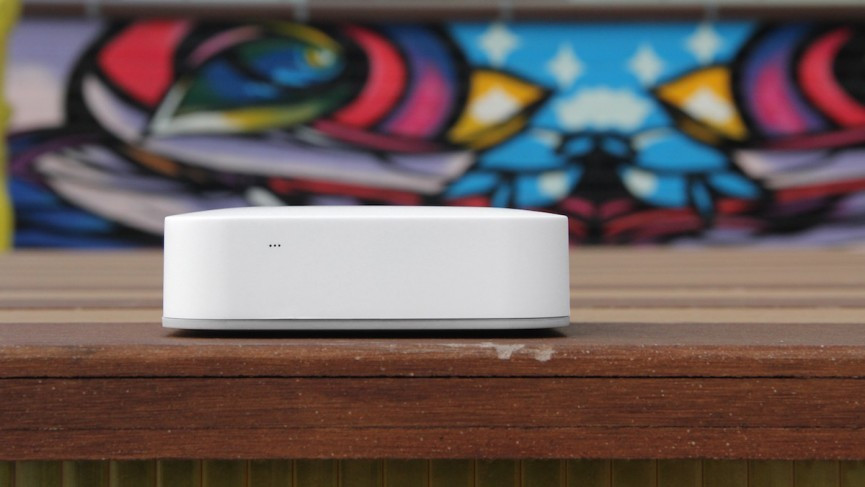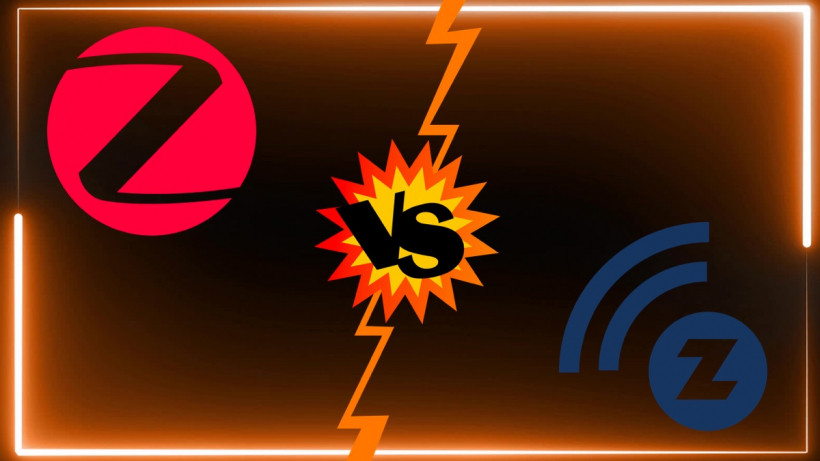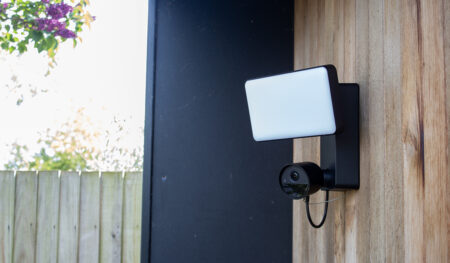What are they and how do they differ?
To ensure all of your smart home gadgets can remain in sync with one another, wireless protocols exist for hubs – and the two biggest names behind this magic are Zigbee and Z-Wave.
Wireless connection is at the heart of these two standards, but there are important differences between the pair to understand before you dive in. Essentially, think of them as two different ways to bypass Wi-Fi or Bluetooth and connect devices, like smart home hubs to lights, and more.
In-depth help: Zigbee guide | Z-Wave guide
Below, we’ll go through the big smart home devices compatible with both standards, as well as comparing the benefits of both in action, and helping you decide which is best for your smart home.

Zigbee vs. Z-Wave: The differences
Before we dive into the devices, we’ll take a look at how Zigbee and Z-Wave differ. Yes, they’re both mesh networks, but ones that operate quite differently. Here’s what you need to know.
Zigbee can connect more devices
Zigbee can support way more devices at a given time – 65,000+ devices, or nodes on the mesh network, in fact.
Z-Wave, on the other hand caps out at 232 devices, which, let’s face it, is still more than enough for most households – although that number will increase ten fold thanks to the launch of Z-Wave LR.
Zigbee is open
Zigbee is an open standard run by the Zigbee Alliance (actually now known as the Connectivity Standards Alliance), whereas Z-Wave was run by Silicon Labs, which had stricter controls to make sure every Z-Wave device works with every Z-Wave controller.
However, in late 2019 there was big news that Z-Wave was set to open up the standard “as a ratified, multi-source wireless standard available to all silicon and stack vendors for development”.
Alternative: What is Thread
That openness has continued in the past couple of years. The Z-Wave Alliance completed incorporation as a solely independent non-profit organization in August 2020 with seven founding members under its new standards development organization (SDO) structure: Alarm.com, Assa Abloy, Leedarson, Ring, Silicon Labs, StratIS, and Qolsys.
Zigbee has seen some pretty big changes too; Apple, Google and Amazon announced, alongside the Connectivity Standards Alliance, the creation of the Connected Home over IP project (Project CHIP); an initiative to simplify development for manufacturers and increase compatibility for consumers in the smart home world.
Project CHIP is now moving out of the ideas stage and into the real world as the Matter smart home ecosystem.
The Matter moniker and logo now appears on all compatible smart home devices, with the plan being it will be easier for consumers to identify devices that will work within their smart home ecosystem; whether that be Alexa, HomeKit, Google’s Assistant, SmartThings, as well as others.
It’s important to understand though, that while Zigbee is right behind Matter, Zigbee as a protocol won’t be used for the devices; at least not for the foreseeable future.
Zigbee allows for more hopping
Zigbee and Z-Wave are both mesh networks – meaning the signals can hop from gadget to gadget around the home and each device or sensor doesn’t need to connect to Wi-Fi – but they usually have a central hub which connects to the internet.
Z-Wave allows up to four ‘hops’ between the controller and the device, whereas Zigbee doesn’t have a limit.
Zigbee and Z-Wave are equal on security
Both Zigbee and Z-Wave use the same AES-128 symmetric encryption and claim that they are safe and secure from hacking.
Well, nothing is 100% secure, but it’s worth knowing that these two big standards are taking the same robust approach.
Z-Wave is more unified
Zigbee operates on the 915MHz frequency in the US and the 2.4GHz frequency in the UK, which might look familiar, as that’s a major frequency for Wi-Fi, too.
One caveat on Zigbee is that it’s broken up into several protocols. There’s Home Automation, Smart Energy Profile, SEP energy management, Light Link, digital health, home hospital care, and more. Unfortunately, Zigbee devices of different protocols can’t exactly talk to each other well.
Read next: Best smart home hubs
Zigbee 3.0, however, unifies all these protocols so that they can work together. Lux, for example, offered the first thermostat to win Zigbee 3.0 approval, allowing it to talk to any device that has a Zigbee badge on it. This is how Z-Wave actually works – it’s a unified standard.
Z-Wave operates at the low frequency 918/960 MHz band, meaning interference is minimal for Z-Wave and possible on Zigbee. Still, Zigbee is faster with data rates at 40-250 kbps, versus Z-Wave’s 9.6-100kbps.
Z-Wave vs. Zigbee: The devices

With Zigbee there are more than 4,700 products from 400 certified members. Z-Wave has more than 4,000 supported devices and more companies signed up – 700 members.
Essential reading: Get started with the smart home
When considering the popular, premium smart home brands and products, we’d say Zigbee slightly has the edge – but which one is best for you depends on what smart home kit you already own and what you’re looking to add.
Devices that work with Zigbee
Some well known smart home brands and devices that support Zigbee (otherwise known as Zigbee certified products) include:
- Philips Hue
- Samsung SmartThings
- Amazon Echo
- Hive Active Heating and accessories
- Honeywell thermostats
- Ikea Tradfri
- Innr
- Belkin WeMo Link
- Yale smart locks
- Sengled smart lights
- ADT Security Hub
- Somfy blinds and drapery motors
- GE Appliances
- LG SmartThinq
- Lux Konoz
Devices that work with Z-Wave
Many big name brands also support the Z-Wave standard – and you can see all the certified products on the official website. Here are some of the highlights:
- Samsung SmartThings
- Honeywell thermostats
- Aeotec SmartThings Hub
- Hogar Milo (with Google Assistant for voice controls)
- ADT Security Hub
- August smart locks
- Fibaro smart sensors
- Yale smart locks
- Logitech Home Harmony Hub Extender
- Somfy
- GE Appliances
- LG SmartThinq
- Kwikset smart locks
Zigbee vs Z-Wave: Which is best?

It’s still not clear whether Zigbee and Z-Wave will grow side by side, or whether one will eventually win out. It’s certainly a quieter battle than the one going on between Google and Amazon.
We’re only just starting to see smart speakers with Zigbee and Z-Wave built in, but expect to see more. For now, home hubs like Homey and Samsung SmartThings support both standards. You don’t actually have to pick either Zigbee and Z-Wave, then, but if you’re trying to keep things simple and reliable, you might want to choose a side.
If you’re planning to stick to the big names in smart home (perhaps you already have some) and you want a faster connection, Zigbee might be worth considering. For a larger range, potentially more reliable connections and a better chance that all the compatible devices will work with each other, go for Z-Wave.





